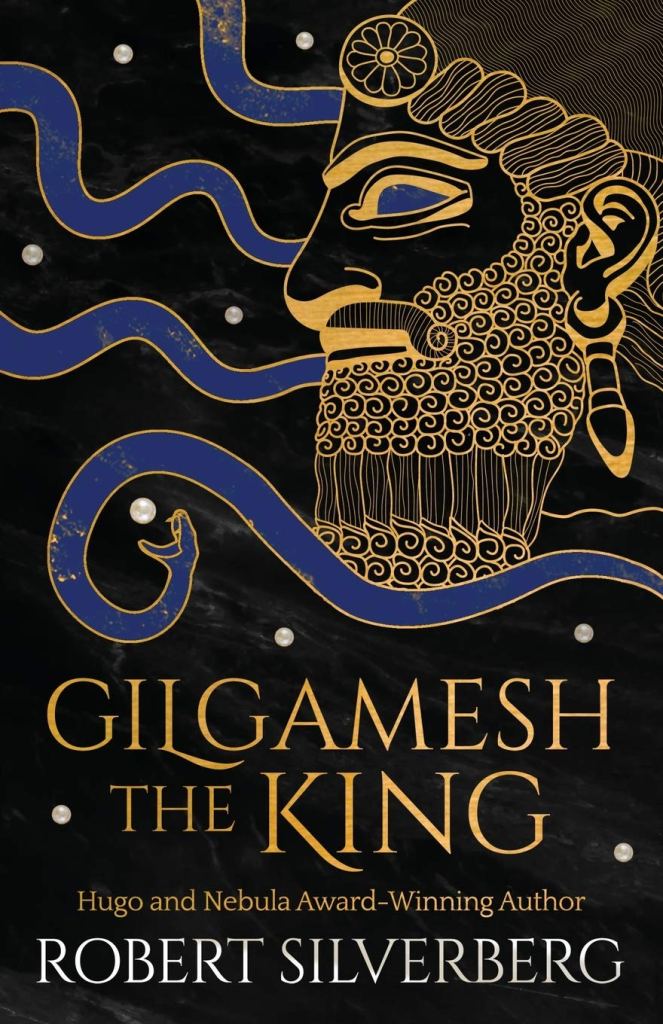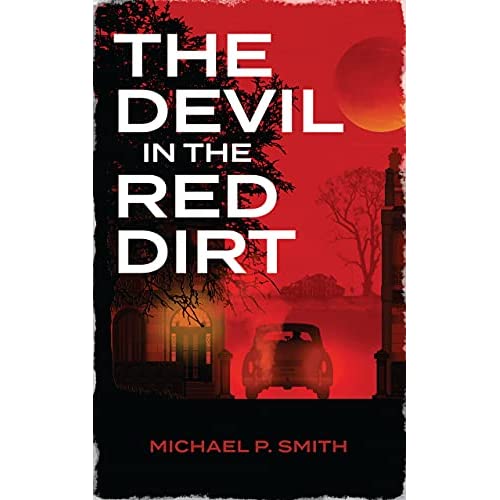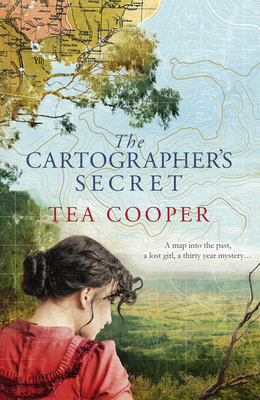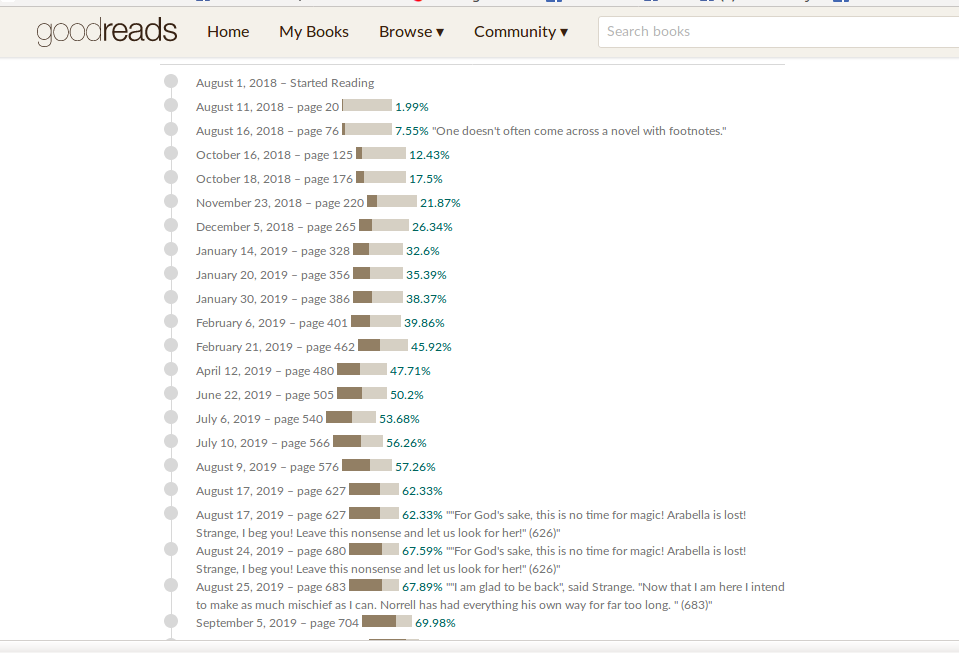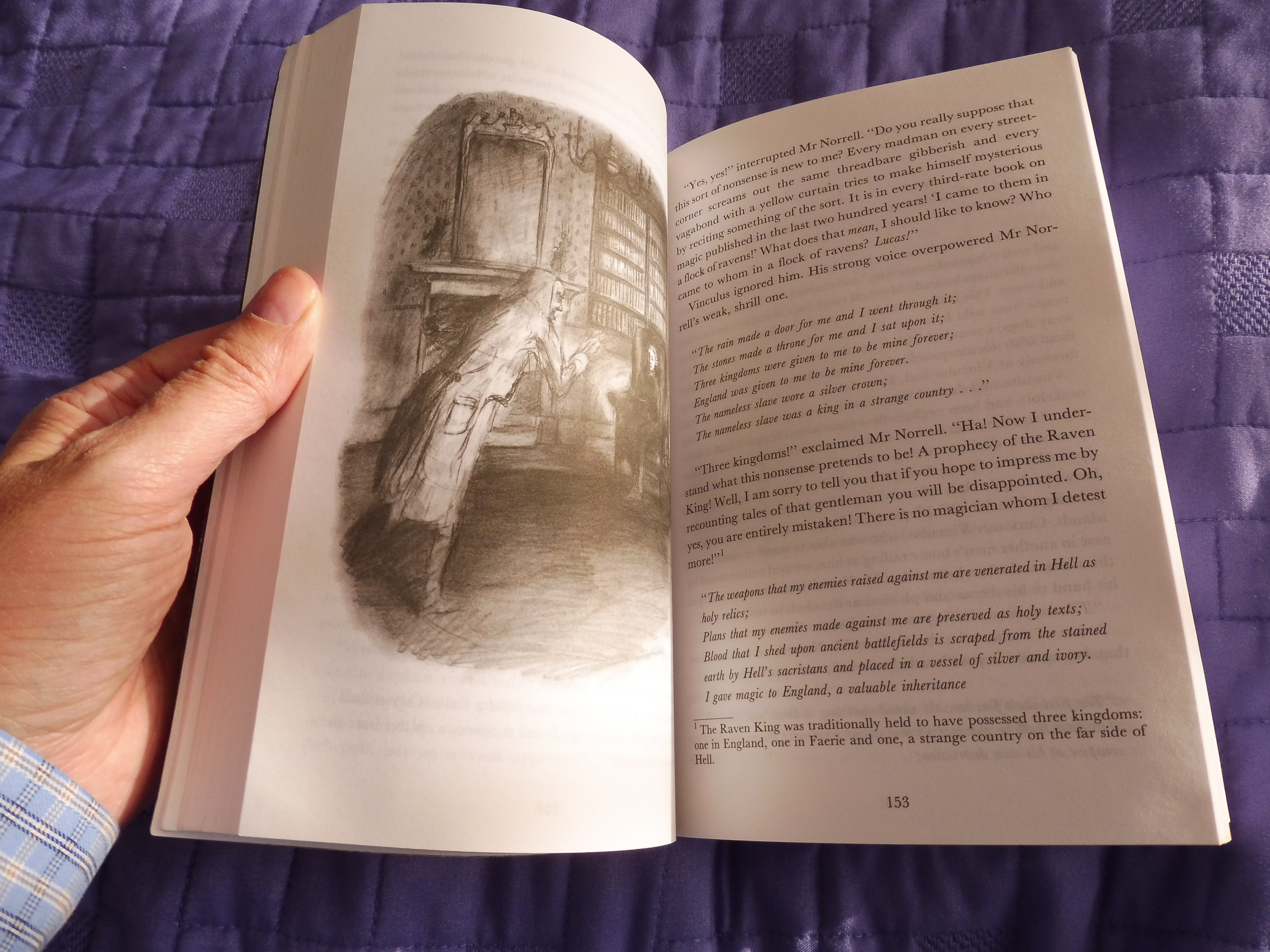
This is the second of the Tate and Bell mysteries, I loved the first one The Highgate Cemetery Murder and this is also a cracker. You don’t have to read the first book to enjoy this but it will give you more background to the main characters and for me it was also a five-star read. This book begins with the discovery of the gruesome murder of Jacob Harrow, a journalist hung up by a meat hook at the Traitors’ Gate of the title. Sebastian Bell is the police officer assigned to investigate the murder, like in the previous mystery there is a connection to the Crimean War and Bell seeks to renew his acquaintance with Gemma Tate, who had served as a nurse in the Crimean War and knew the victim.
This is London in the late 1850s, the nurses who had returned from the Crimea are viewed unjustly with suspicion, as what honorable woman would go to such a place? There is a lot of prejudice against women shown throughout the story; a woman’s reputation was precious and could be easily be besmirched through no fault of her own. Inspector Bell has to tread carefully when meeting up with Miss Tate as her boarding house landlady doesn’t approve of any male guests even if they work for the police.
Sebastian Bell needs a result or his job is on the line, his superiors are not too bothered if the wrong man is arrested provided the case is ‘resolved’ but Bell is dogged in pursuing the truth and follows up each lead with due diligence.
Tate and Bell make a good team, even though Gemma Tate has no hope in those times of working for the police in an official capacity, she has a position as a nurse in a Foundling Hospital for orphans and abandoned children. Gemma is keen to help the investigation despite Bell’s misgivings “the thought of investigating gave her something of a rush.”
There are many people happy Jacob Harrow is dead as aside from his journalism he had a lucrative line in blackmail often coming from information learned at the Scutari hospital in Turkey, where wounded soldiers would confess their darkest secrets to their nurses, who might share that incriminating information with Harrow for a price.
The story is gripping and fast paced, the historical detail is for the most part very good, I particularly liked the description of the smells of 1850s London. There was again one anachronistic reference to Botany Bay (the last convicts were shipped to New South Wales in 1850 almost a decade before the events in the book. The ending was satisfying and I look forward to future books in the series.
Expected publication June 24, 2024
Thanks to NetGalley and Storm Publishing for the digital ARC, I leave this review voluntarily.
My rating 5 out of 5

